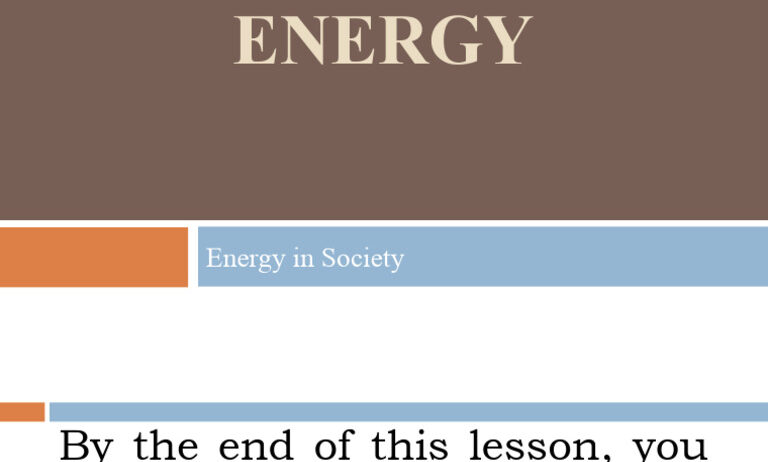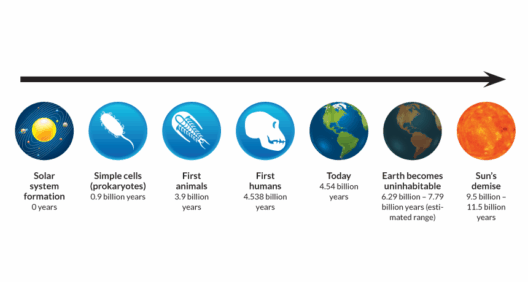The relationship between mass and energy is a pivotal subject in physics, framing our comprehension of the universe. It propels us to ponder the nature of existence itself. The Law of Conservation of Energy posits that energy cannot be created or destroyed, only transformed from one form to another. But what role does mass play in this intricate dance of energy? This essay delves into the nuances of how mass interacts with energy, ensuring that we dissect its implications on both scientific theory and our practical understanding of the cosmos.
At its core, the Law of Conservation of Energy is accentuated by Einstein’s theory of relativity, which introduces the revolutionary equation (E=mc^2). This equation eloquently encapsulates the idea that mass ((m)) and energy ((E)) are interchangeable, connected through the constant (c) (the speed of light in a vacuum). This relationship implies that mass can be converted into energy and vice versa. Such a realization reshapes our understanding of energy conservation as it blurs the lines between mass and energy in a meaningful way.
Diving deeper, one encounters the notion of binding energy, particularly in the realm of nuclear physics. Within atomic nuclei, mass exists as a form of energy due to the strong nuclear force that binds protons and neutrons together. During nuclear fission or fusion, small amounts of mass are converted into significant quantities of energy, exemplifying the principle that mass directly annexes energy conservation. A minuscule mass difference can yield colossal energy releases, illuminating the profound implications of this conversion on both scientific advances and societal concerns, particularly in the context of nuclear energy.
Contrary to this fascinating interplay, we must also consider scenarios where mass is not as readily convertible to energy. In everyday experiences, an object’s mass impacts its gravitational potential energy. For instance, lifting a heavier object requires more work against the gravitational force, thereby increasing potential energy when raised to a certain height. While the energy expended in this act preserves conservation laws, it emphasizes empirical observations that mass influences energy requirements in various contexts.
Furthermore, the concept of relativistic mass emerges when an object approaches the speed of light. As an object’s velocity escalates, its relativistic mass increases, necessitating greater energy input to further accelerate it. Here, the interplay between mass and energy is distinctly observable. Conventional wisdom might suggest that mass is a static attribute, yet in relativistic terms, it becomes a dynamic quantity tethered to velocity—further complicating how energy conservation laws manifest in high-speed environments. At the crest of such speeds, the conservation principle remains intact, yet the implications transform drastically, hinting at a profound complexity that catalyzes scientific inquiry.
A great example of this persistence in conservation regardless of mass is phenomena such as gravitational waves. As massive celestial bodies like black holes collide, they generate ripples in spacetime that radiate energy despite the mass transformation occurring in these cosmic events. This underscores a comforting constant: the conservation principle transcends terrestrial boundaries and extends into the cosmic realm where massive forces collide, all the while chanting the invariant chorus of energy conservation.
Delving into the microcosm of particles, we witness mass’s role extend to quantum mechanics. Particles exhibit behavior where mass and energy coexist in a probabilistic framework, rendering them both corporeal and ethereal. The uncertainty principle underscores that within quantum realms, energy associated with mass becomes not a fixed quantity but instead a range of potential outcomes. This tantalizing blurriness invites curiosity, leading to new interpretations of energy conservation laws at subatomic scales and compounding the sense of wonder surrounding mass-energetic interactions.
Critically, one must also acknowledge the socio-political implications of energy conservation. As discussions on global energy concerns intensify, the law’s implications inspire investments in sustainable resources and energy-efficient technologies. Political narratives advocating for conservation frequently draw upon the essentiality of energy availability, leveraging scientific principles to foster public engagement. The interplay between mass as a physical quantity and energy conservation instigates beneficial technological advances, driving innovation to supply humanity’s energy demands without depleting planetary resources.
In summary, the Law of Conservation of Energy is influenced by mass in intricate, multifaceted ways. Through phenomena ranging from atomic binding to relativistic speeds, and even up to cosmic collisions, one observes how mass molds energy interplay in profound contexts. The interactions illuminate fundamental principles that govern not only the microcosm of physics but also the macroscopic implications for society, environmental sustainability, and technological innovation. The fascination with mass’s role in energy conservation is an inexhaustible pursuit, inviting continual exploration and learning—a testament to the complexity and elegance of our universe.








